Disclaimer: The English version is an authorized translation of the original article in Mandarin for informational purposes only. In case of any discrepancy, the original Mandarin article by Ah Nel can be found here.
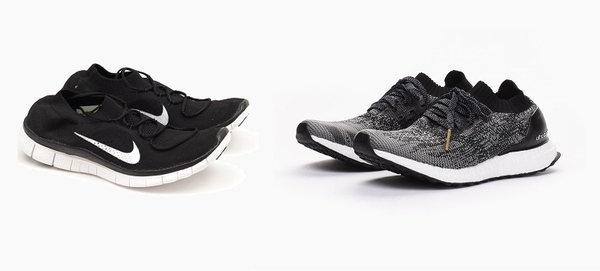
One of the great things about gradual change is how quickly we grow accustomed to it, whether we realise it or not. Change may not happen everywhere immediately, but probability dictates that it is imminent and only a matter of time. Sometimes the thing we can’t change end up changing us, as we have no option at all but to adapt.
Why is there no option? When every brand ‘designs’ the same particular style of sneakers, the one stubbornly refusing change will become the odd one out. The square amongst the circles. Everyone and their mother, for instance, was all about using knit material and now, the sockliner is the craze.
Everything else started from this shoe, the Nike Free Flyknit 3.0.
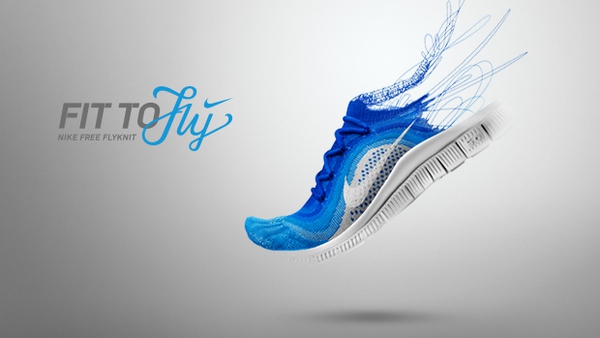
The shoe marked its debut in 2013, though at the time the price point was higher than average which led to lacklustre sales. The Free Flyknit 3.0 wasn’t considered a trending or hyped sneaker; most of its appreciation was confined to a running track.
Then came one of the most annoying questions: “Are they supposed to be worn with socks?”
The 2014 Black and White colourway is the one that really brought about the trend. Everyone started to accept the price and “Sock Liner” became part of sneakerhead vernacular.
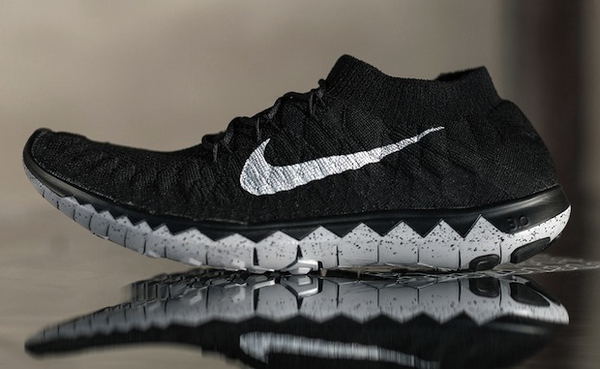
I believe Nike saw that opportunity and internally decided to push the “sock liner” concept to the next level. Before Nike pushed the concept though, the footwear giant experimented by merging the sock liner with soccer boot design.

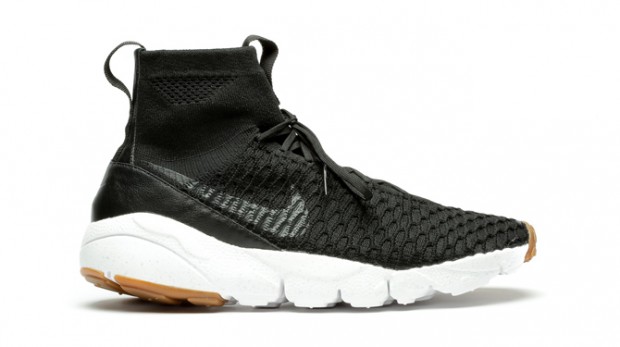
The HTM version is so scarce that I’ve never seen anyone wearing it in Malaysia, but it caught my attention. As we observe from Nike’s marketing strategy, they tend to start with some limited releases (HTM) or store exclusives (like Nikelab) to create some buzz before the shoe receives its GR (General Release).
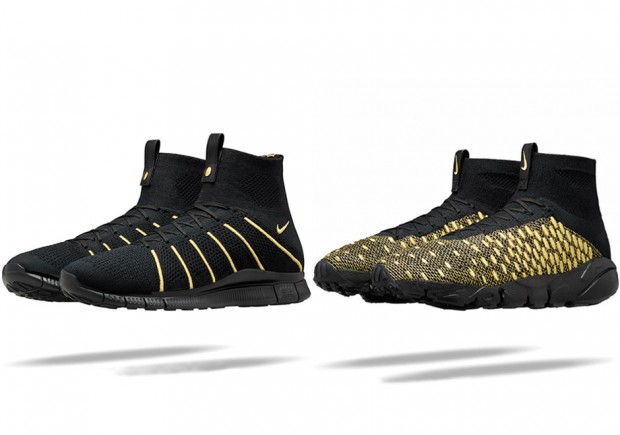 Nikelab X Olivier Rousteing
Nikelab X Olivier Rousteing
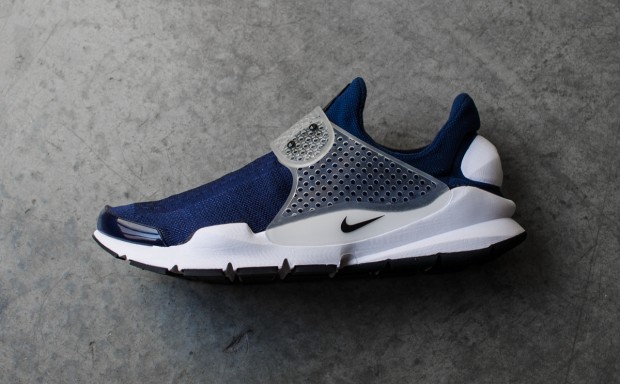
The following year, Nike retro-ed the Nike Sock Dart. It’s a silhouette that was not really inspired by the sock liner but toyed with the idea of a slip-on runner.
Then 2015’s Spring, Nike picked up on the Sock Dart concept again by collaborating with Hiroshi Fujiwara.
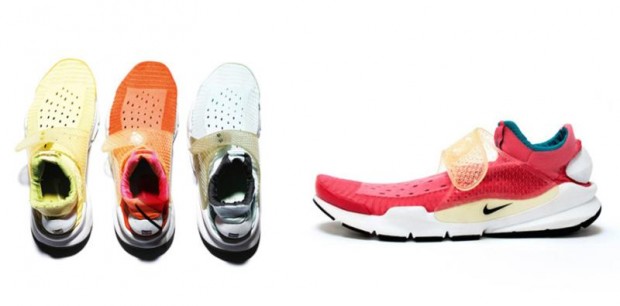
Attention: The photo above shows the 2004 Sock Dart. Hiroshi, Nike Vice President of Design and Special Projects Tinker Hatfield, and Nike CEO Mark Parker designed it.
After more than a decade, the Sock Dart found its value thanks to a consumer base that prefers lightweight sneakers. We really need to credit the man behind the shadowy agency, Hiroshi Fujiwara for designing such a futuristic and timeless foot-piece.
In typical Nike marketing style, the company gave the shoe the HTM treatment to create a buzz before going full on release mode.
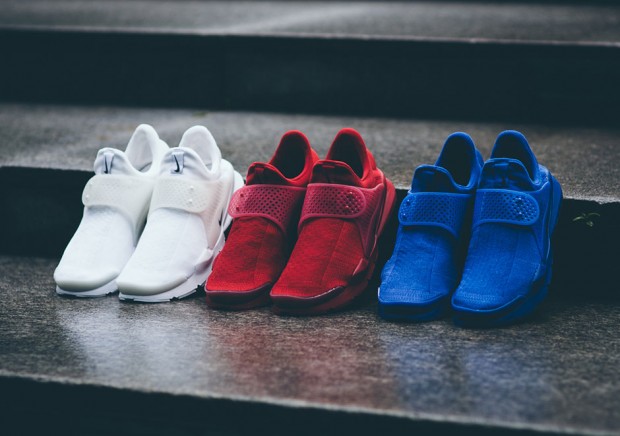
14/7/2015, everyone was so hyped with the Nike Sock Dart Independent Pack.

Even during the Spring/Summer ’16 period, the Sock Dart is still seen for its value. However, good things never seem to last. After seeing Nike’s invention, adidas counter attacked with some similar designs like Tubular Doom, trying to have a slice of their pie.
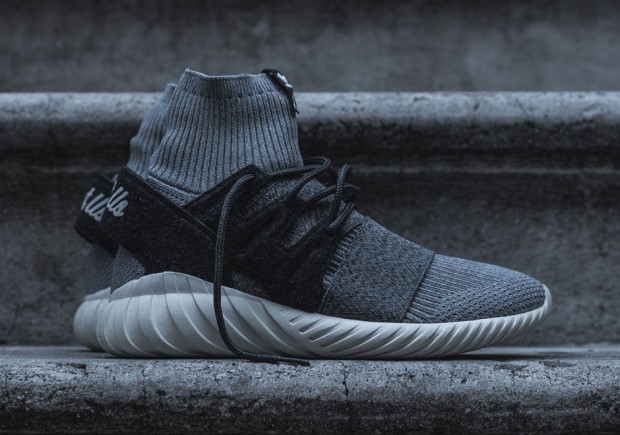
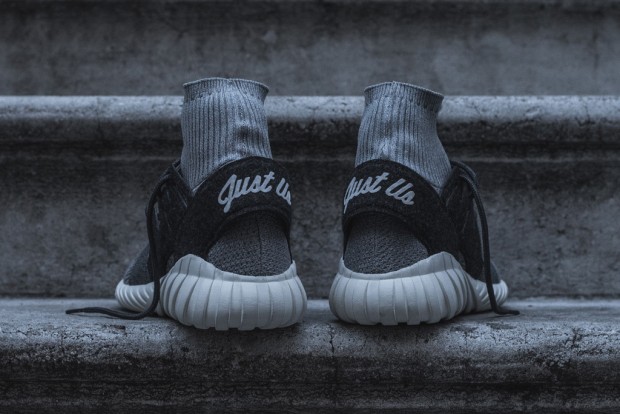
Tubular Doom happened to be a huge success for adidas, especially the one that was collaborated with KITH; that pair is stunning! People would die for it and queue under the snow, the latter of which is as seen below:

Then there was this pair, the Ultraboost X Hypebeast, before its “uncaged” evolution:
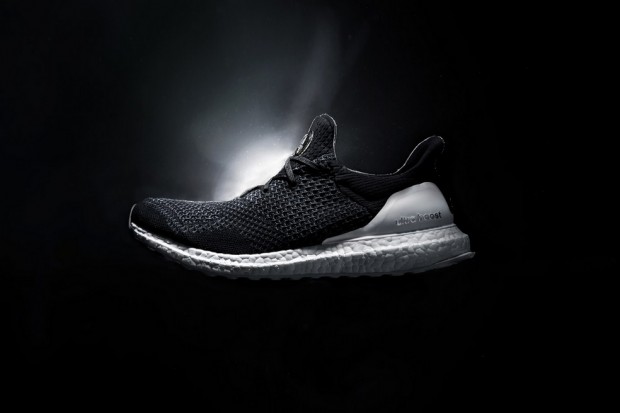
Meanwhile, Y3 produced this shoe that combined their signature boost technology and sock liner concept. However, the price point and limited quantity wouldn’t have much of an effect on Nike.
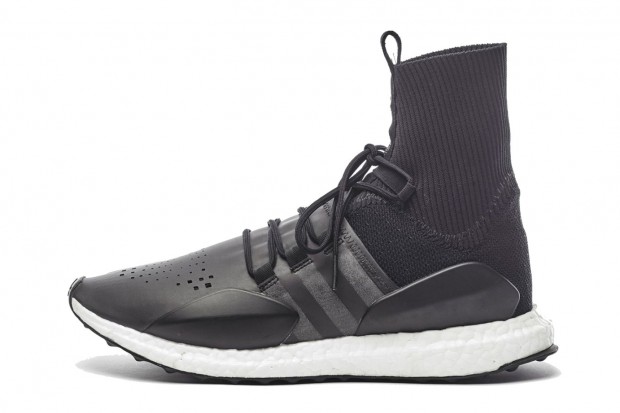
While adidas was flexing its design muscles, Nike did not want to be outdone. They retaliated with the Lunarepic and Flyknit Presto… which didn’t turn out quite so well.
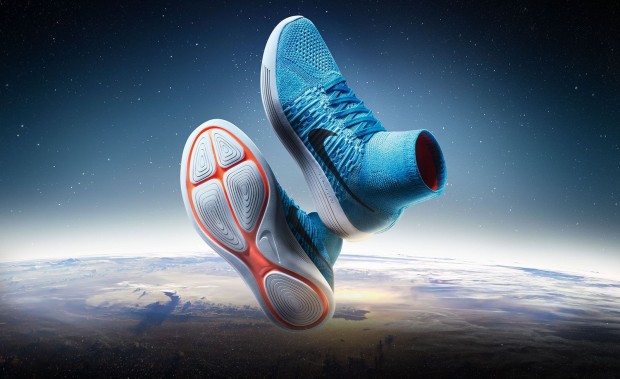

I don’t really want add insult to LunarEpic’s injury, so I’ll skip over that. Let’s talk about Flyknit Presto; while Nike turned Presto into a sockliner sneaker and promoted it as a budget option, somehow it didn’t turn out right.
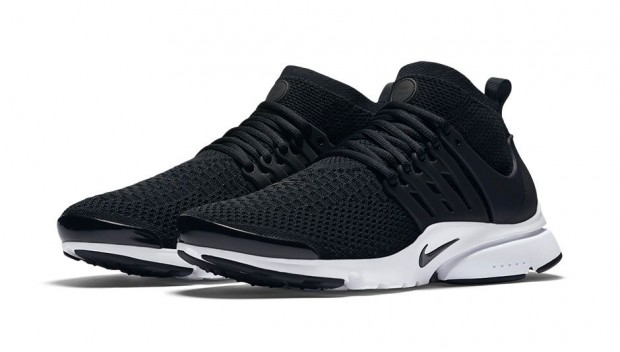

adidas tweaked Ultra Boost a little bit with a sock collar, and WOHLAH~ the adidas Ultra Boost Uncaged.
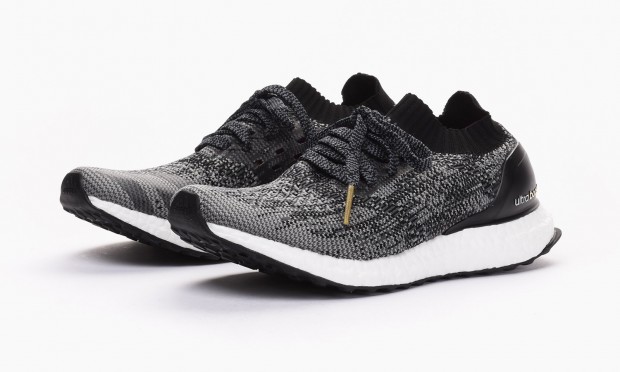
The price point is rather higher than the normal Ultra Boost, though that didn’t stop the model from being almost completely sold out internationally.

The sad thing is that adidas is now flaunting and gobbling up the market share with a concept that was NOT even originally theirs. Sad face emoticon by Nike.
Whatever is done by the two major footwear brands, it will change the industry’s direction eventually. We are expecting some similar designs to crop up soon.

There are several reasons why sockliner shoes are so popular now,
1. Recyclable, it only involve fabric in producing a sockliner sneaker and it goes along with the “Go Green” image.
2. Keep your feet warm, really? we doubt that.
3. It does not constrain your toe’s movement.
I guess, just guessing, the reason the brand itself will promote the sockliner shoe is simply just because of the production cost is lower. Not really sure how true it is, enlighten me please.
Easter Egg:
The first ever sock liner shoe produced by Nike in 1985, named Sock Racer. Nike was really running the game back then and way ahead of everyone for so many years.
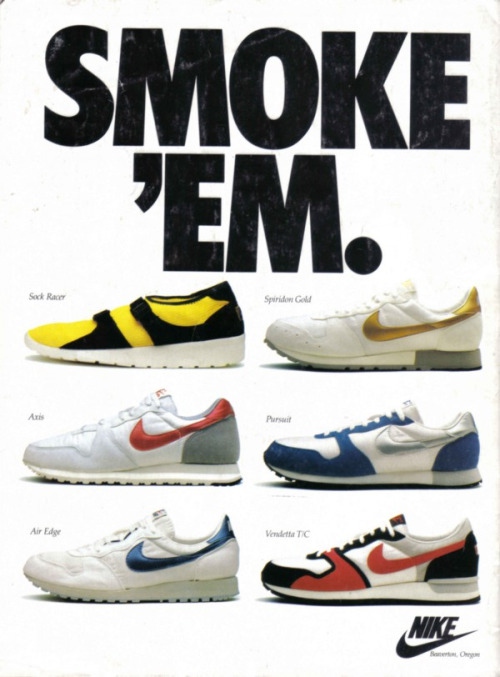
When all is said and done, the question remains: do we really need to wear socks with sock liner sneakers?

